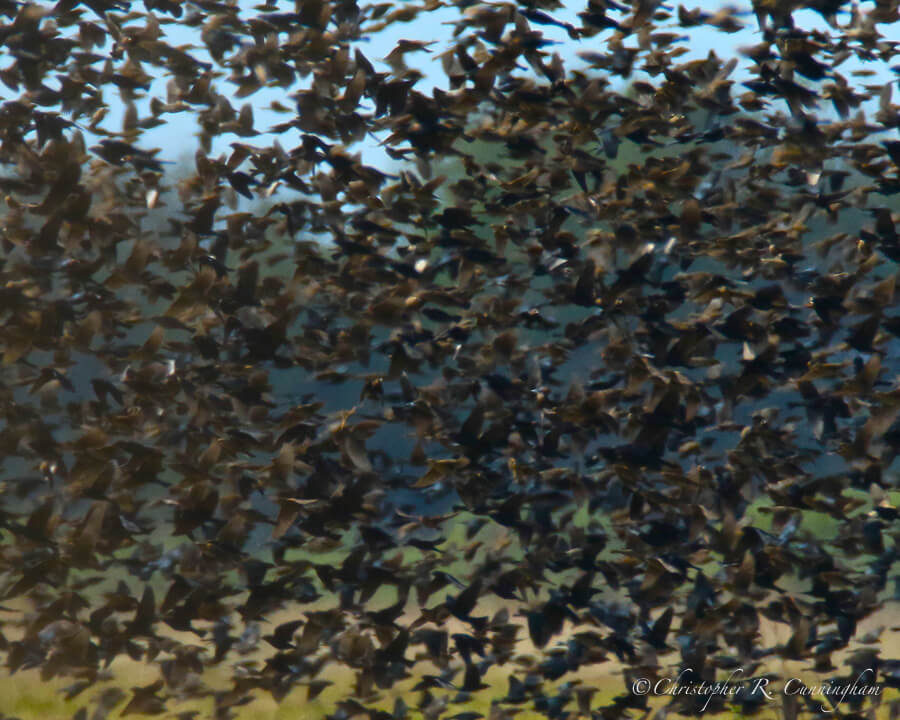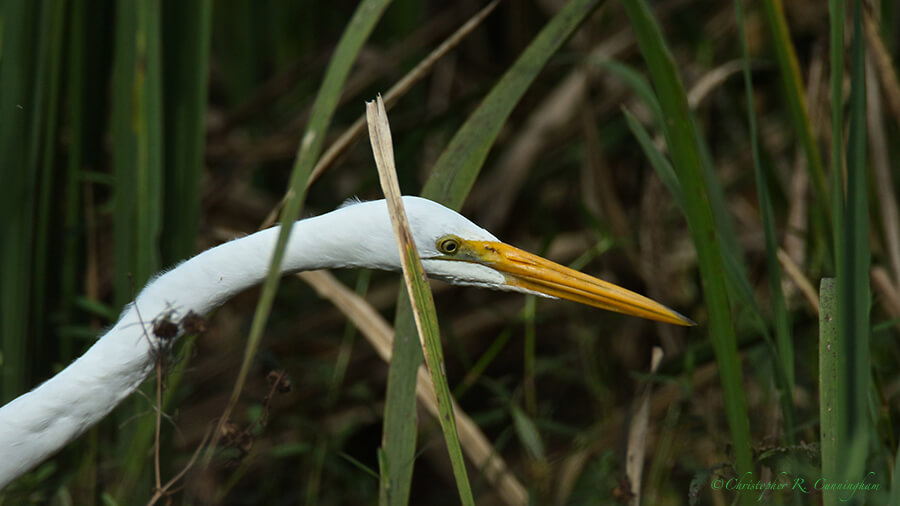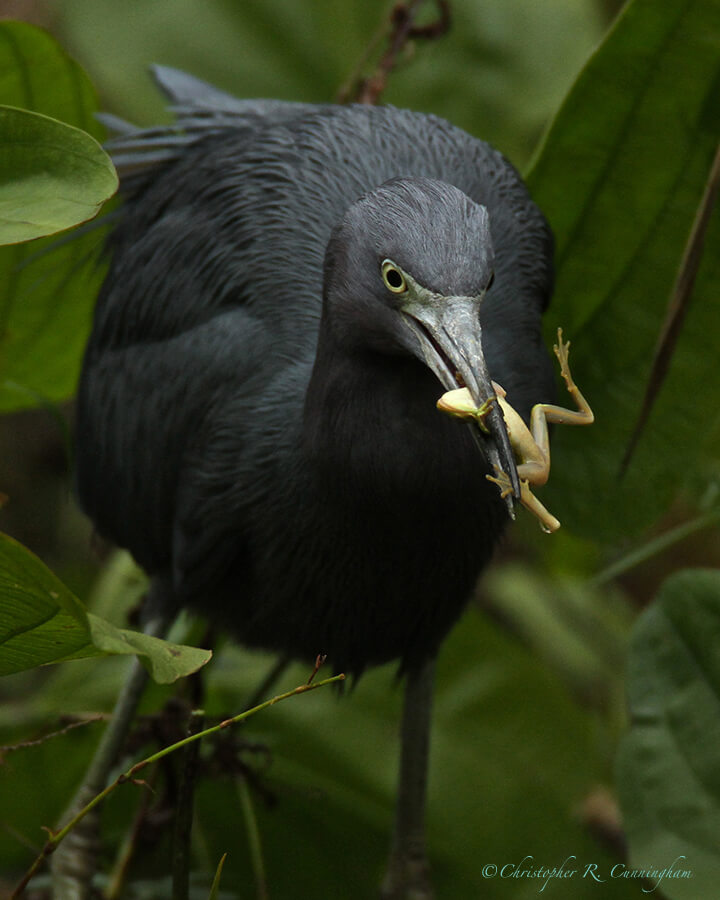The acrid scents of autumn,
Reminiscent of slinking beasts, make me fear.–D. H. Lawrence, Dolor of Autumn, 1916

Elisa and I made the most of last weekend’s gorgeous weather and birded Brazos Bend State Park, both Saturday and Sunday. On the way back home Sunday, we saw a massive flock of blackbirds and Starlings in an agricultural field. Shortly thereafter, tapping some primal anxiety in the face of crops being stripped to the ground, I assume, Elisa brought up Genesis 1: 26, a verse we have both lamented and puzzled over . . .
And God said, Let us make man in our image, after our likeness: and let them have dominion over the fish of the sea, and over the fowl of the air, and over the cattle, and over all the earth, and over every creeping thing that creepeth upon the earth.
Could its sentiment be in response to an alternative viewpoint or movement, one that emphasized Man’s place in nature, rather than his supposed dominion over it? Was a reference to God’s will intended as an argument-ender—much as the Israelite claim on the very land of Canaan itself?
The putative author of Genesis is, of course, Moses. Tradition has it that this book was written around the 15th century B.C., during the Bronze Age. Agriculture was not new at this time. Surely some had noticed the impacts agriculture had upon the land, even in antiquity. Perhaps these hypothetical romantics turned their eyes back to a more ancient lifestyle, the way of the hunter-gatherer, a way that is now all but extinct. You will search in vain for a more succinctly articulated statement of mainstream Man’s attitude toward nature, or a more impactful one, than Genesis 1:26. Over the millennia, it has certainly proved the winning position . . . .
In any case, at Brazos Bend, the sights and sounds were typical for the season. Yellow-rumped Warblers, Tufted Titmice, Carolina Chickadees, and Carolina Wrens were everywhere in the hackberry, willow, and Chinese tallow trees that line the paths surrounding 40-acre, Pilant, and Elm Lakes.

But I can only report one new observation from these days at BBSP: A Great Egret hunted Green Treefrogs (Hyla cinerea) among the tall vegetation (mostly rice) along the southern margin of Pilant Lake (between the tower and the bridge). I have seen Little Blue Herons, Tricolored Herons, and American Bitterns hunting treefrogs in this area on previous occasions, but this is the first time I’ve seen a Great Egret doing it.
All four species have a similar hunting technique: rather than keeping their eyes down on the ground in search of fish, crawfish and other invertebrates, and other frog species, the birds carefully inspect the stalks of vegetation from top to bottom, and around all sides, and occasionally pick off the treefrogs. The treefrog hunting behavior is also quite different from when the waders are looking for dragonflies. Dragonfly hunting can involve snatching the insects from the air, or picking them off the very top of eye-height or shorter vegetation. As always, while hunting treefrogs these birds slide their heads back and forth like Hindu dancers apparently to use their stereoscopic vision to judge the exact distance for a strike.
It seems that Brazos Bend will often reward the vigilant observer with new sights, no matter how often one visits.

©2015 Christopher R. Cunningham. All rights reserved. No text or images may be duplicated or distributed without permission.